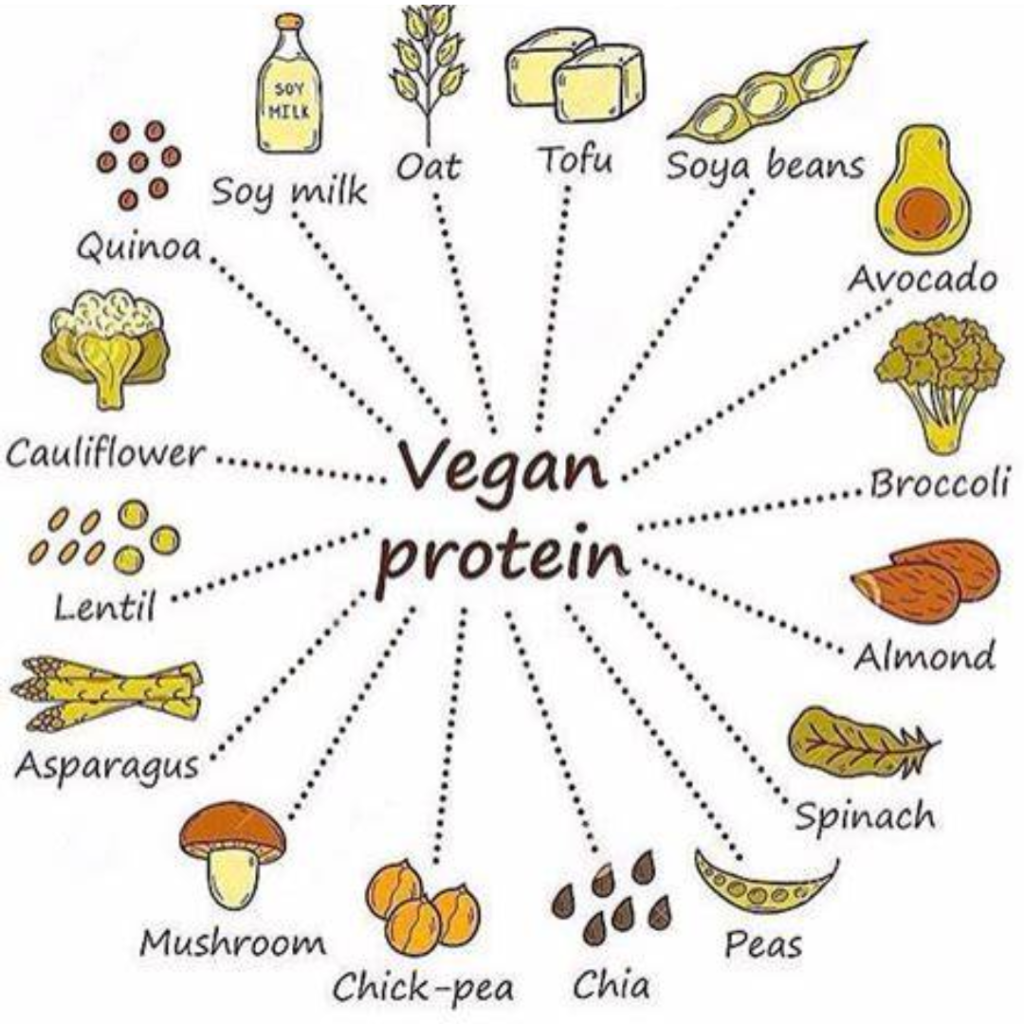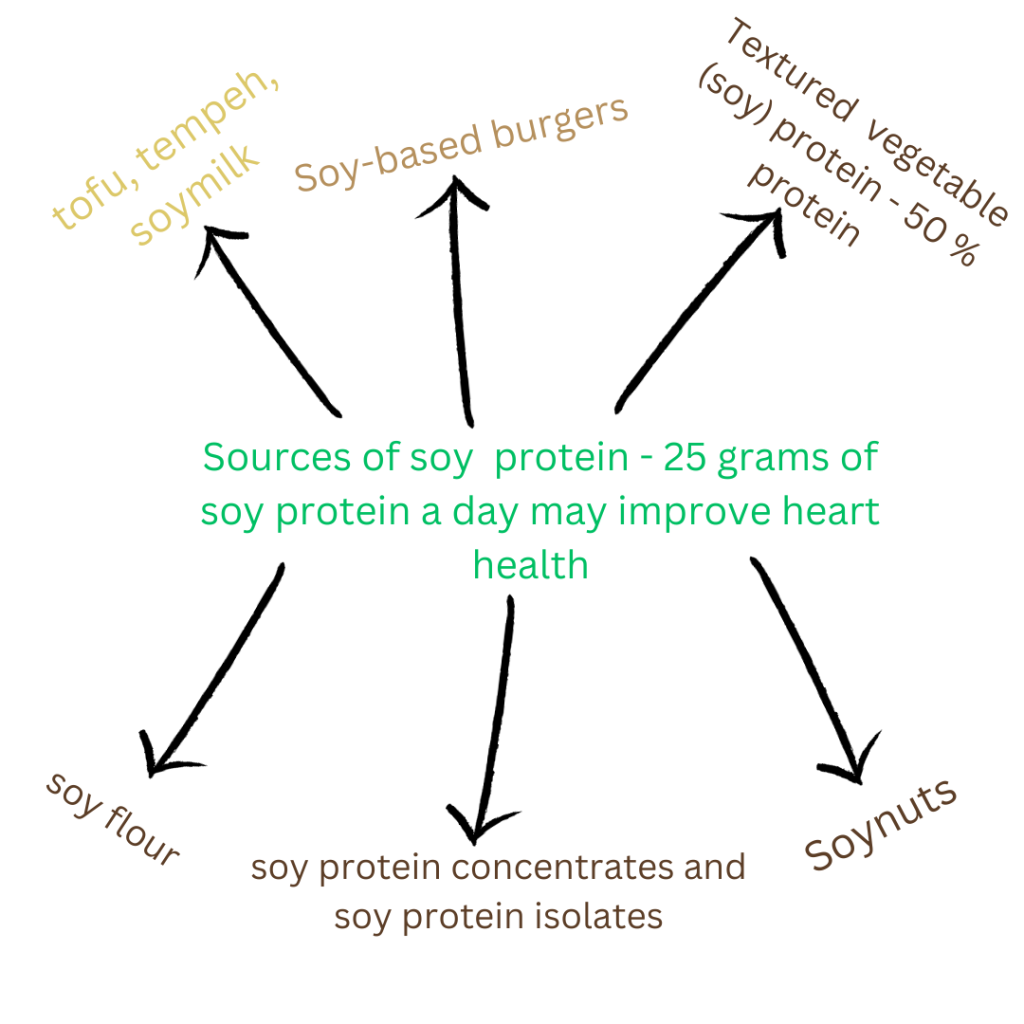
Alternative proteins are gaining momentum over the past few years, such as tofu, tempeh, and even insect protein. Well, insect protein is another subject that I will delve in my future blog posts. Let’s focus more on the alternative protein for this blog.
One example of alternative protein is textured soy (vegetable) protein or TSP. As Dr. Riaz from Texas A&M University, “fabricated palatable food ingredients processed from edible protein source. characteristic ‘chewy’ texture.” The final TSP product is shown above. TSP provides a similar texture as meat. This is just one example of the alternative protein consumed by the global population. Most of the TSP is found in veggie burgers, sausage, and tofurky and the least amount is found in sauces, seasonings, desserts, side dishes and soups.
Read more: Sources of soybeans and alternative proteinsUses of different alternative proteins
Many other alternative proteins are coming out such as a new combination of TVP that provides better nutrition, texture, and flavor for the global population. In turn, this helps reduce the dependency on soy. Examples include adding oat and faba bean which provides a higher nutritional and textural benefit for the final product. Other alternative proteins that has a promising future is mung bean protein isolate. The research shows that mung protein isolate provides a better texture and nutrition content than TSP.
Vegan protein categories
As you can see below there are a wide variety of vegan proteins available for vegans and vegetarians. There is a misconception that vegans and vegetarians are protein deficient.

Image credit: fitnessxyz.com
Sources of soy (vegetable) protein

Image created by Canva
Soybean, textured soy (vegetable) protein and protein intake
Many alternative proteins have a different texture functionality than animal proteins. This gives plant alternative products a less fibrous texture than animal protein. On the other hand, nutritional functionality of animal protein is complete compared to alternative proteins. Hence, you need to combine different plant protein together to get a complete protein in your diet. For example, quinoa is a complete protein that provides all 9 essential amino acids in a vegan and vegetarian diet. Also, combining beans and corn provides more complete protein in vegan and vegetarian diet. Lastly, there many other sources that provide a complete protein such as tofu, tempeh, and edamame.
As you can see, there are challenges that food manufacturers are working on. One of the main challenges is the texture functionality and taste of the alternative proteins. To resolve this issue, many novel plant-based products are coming out in the market. While other products are still being researched.
To note here, alternative proteins’ demand has been declining over the last year or so due to texture functionality, taste, and economic issues. As well as a change in customers’ perception on the health benefits of alternative proteins.
References
- Saldanha do Carmo, C.; Rieder, A; Varela, P.; et al (June 2023). Texturized vegetable protein from a faba bean protein concentrate and an oat fraction: Impact on physicochemical, nutritional, textural and sensory properties. Future Foods, Volume 7,100228. Website: https://doi.org/10.1016/j.fufo.2023.100228.
- Baune, M.; Terjung, N.; et al (December 2022). Textured vegetable proteins (TVP): Future foods standing on their merits as meat alternatives. Future Foods, Volume 6,100181. Website: https://doi.org/10.1016/j.fufo.2022.100181.
- Brishti, F.H.; Zarei, M; et al (August 2017). Evaluation of the functional properties of mung bean protein isolate for development of textured vegetable protein. International Food Research Journal, 24(4), pp 1595-1605. Website: http://www.ifrj.upm.edu.my/24%20(04)%202017/(34).pdf.
- Riaz, M. (September 2001). Textured Soy Protein and Its Uses. Research Gate. Texas A&M University. Website: https://www.researchgate.net/profile/Mian-Riaz/publication/265996879_Textured_Soy_Protein_and_Its_Uses/links/57711cb308ae842225ac01e4/Textured-Soy-Protein-and-Its-Uses.pdf.

